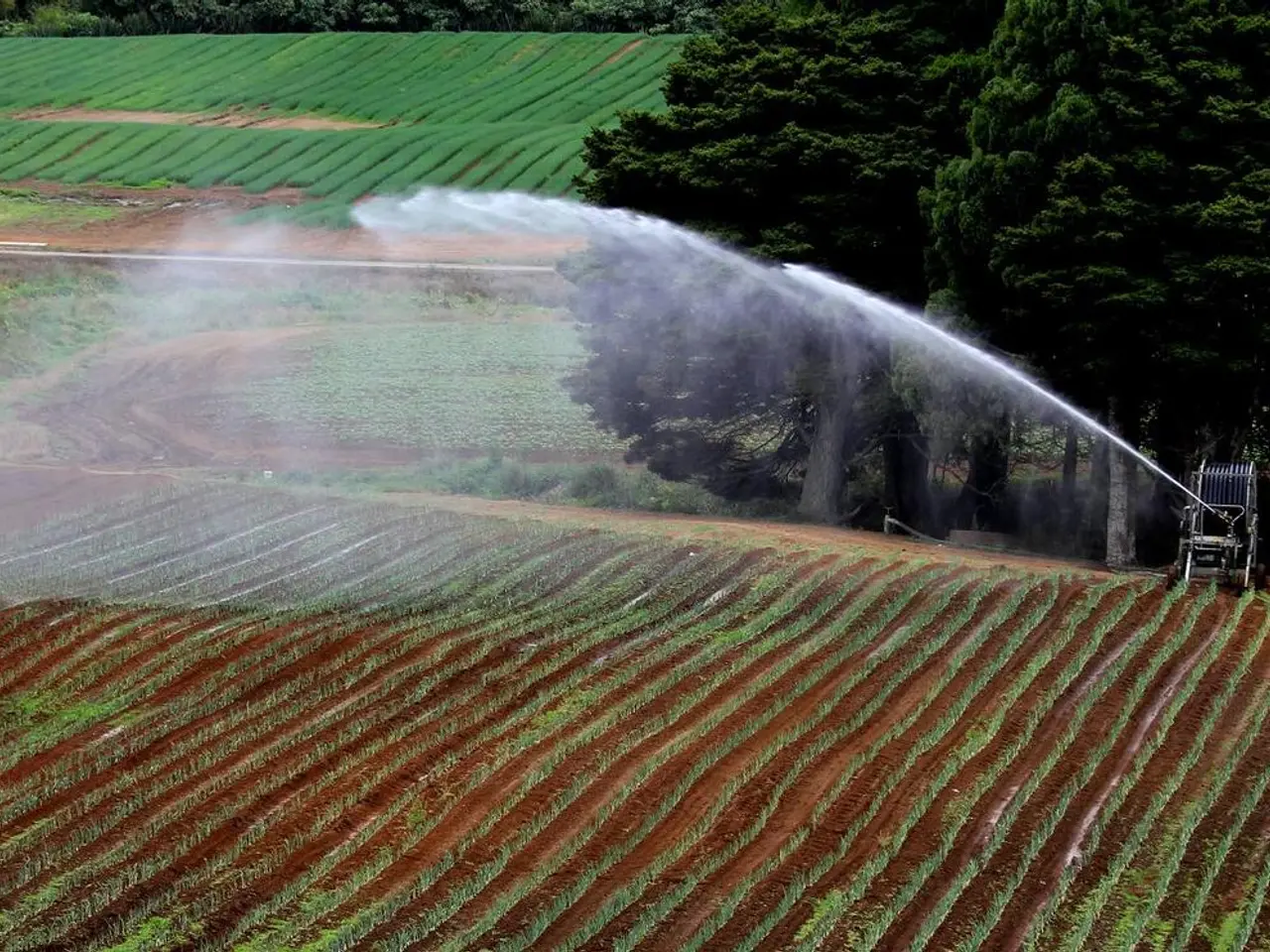Boosting Profits: Deciphering Return on Investment in Agricultural Ventures
Maximizing Returns in Agriculture: Precision, Technology, and Sustainability
In the ever-evolving world of agriculture, staying ahead of the curve is crucial for maximizing returns. Here are some key strategies and best practices that can help farmers and investors reap the benefits of a lucrative and sustainable agricultural business.
1. Precision Agriculture and Resource Optimization
By employing data-driven methods such as GPS-guided equipment, soil sensors, and satellite imagery, farmers can apply inputs (fertilizers, pesticides, water) precisely where and when needed. This approach, often referred to as precision agriculture, can reduce input costs by 15-30% while maintaining or improving yields, simultaneously enhancing sustainability and profitability. (1)
2. Farmland Selection
Investing in farmland with optimal soil quality (high organic matter, good drainage, fertile loam or silty clay loam soils) and regions with favorable climate conditions (adequate rainfall, moderate temperature swings) and reliable water access is essential for yield reliability and resilience. (2)
3. Use of Irrigated Farmland
Irrigated land offers 25-40% higher ROI than non-irrigated land due to more consistent and higher yields. It reduces production volatility and climate risk, increasing asset stability and attractiveness to investors. (4)
4. Risk Mitigation and Supply Chain Intelligence
Leveraging weather forecasting, drought prediction models, and supply chain analytics can help anticipate disruptions and optimize operational decisions. This foresight allows better purchasing, planting, and sales strategies, reducing losses and improving profitability. (1)
5. Innovative Input Technologies
New technologies like advanced phosphorus fertilizers (e.g., RhizoSorb®) can achieve yield gains while reducing fertilizer inputs, improving efficiency and lowering costs. (3)
6. Infrastructure and Market Access
Investing in or operating farmland close to markets, transportation, and storage facilities can reduce logistical costs and increase net returns. (2)
7. Livestock Management
Focusing on health and nutrition in livestock farming can result in higher profitability.
8. Financial Management
Effective cost control and budgeting are necessary for efficient ROI optimization.
9. Sustainable Practices
Agroforestry and organic farming can improve soil fertility, save input costs, and gain access to premium markets.
By combining these approaches—precision application, selecting superior land with irrigation, mitigating risks through data analytics, and adopting technological innovations—farmers and investors can maximize agricultural ROI while enhancing sustainability and resilience against climate and market uncertainties.
- To further maximize returns in agriculture, embracing organic farming practices can bring additional benefits, as it improves soil fertility, reduces input costs, and potentially provides access to premium markets.
- Additionally, to ensure financial success in an agricultural business, entrepreneurial ventures should invest in sustainable practices such as agroforestry and organic farming, as they contribute to the long-term profitability of the enterprise by enhancing its eco-friendliness and market exclusivity.




